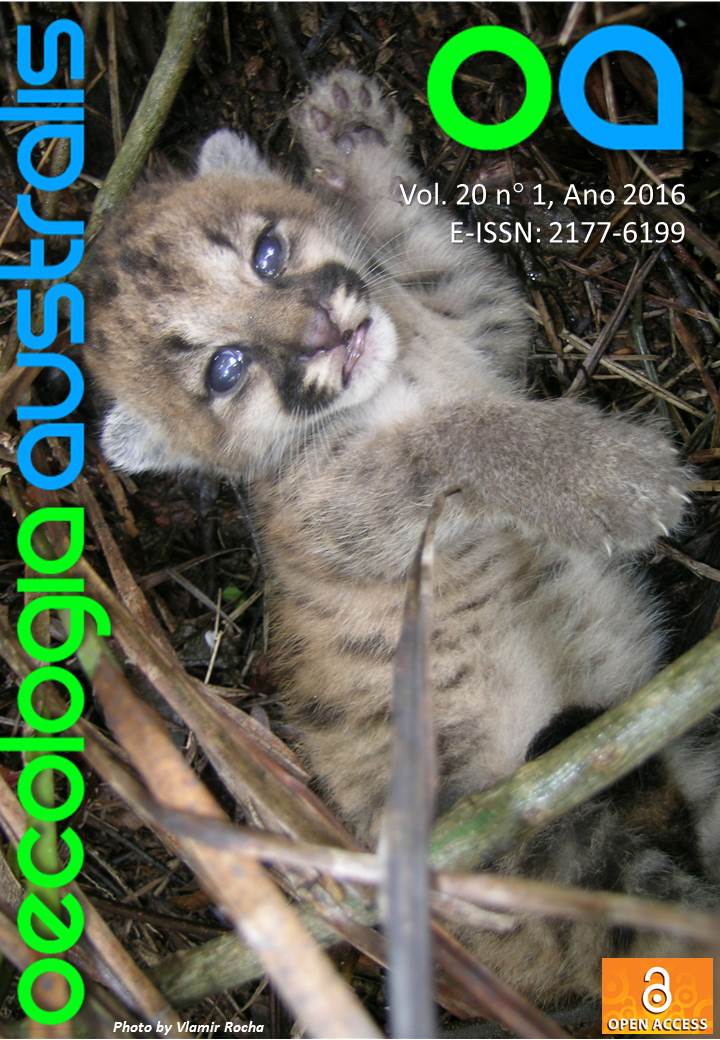THE ROLE OF DIARROETHIC PHYCOTOXINS IN AQUATIC BIOTA ANDAQUACULTURE
DOI:
https://doi.org/10.4257/oeco.2016.2001.03Keywords:
Dinophysis, Malacocultura, Phycotoxins, Prorocentrum, PoisoningAbstract
This article analyzes the role of diarroethic phycotoxins in three scenarios: their ecological role in relation to marine biota, their effects on aquaculture - including the man in the marine trophic web - and its deleterious effects on public health. First, phycotoxins are defined as marine natural products. Biologically active (secondary metabolites) being the diarroethic ones-synthesized by dinoflagellates from the genus Dinophysis and Prorocentrum. These dinoflagellates comprise the coastal marine plankton community, but some species of toxic Prorocentrum are benthic. So the toxins have implications for benthic and pelagic coastal food webs. These microalgae are regarded as potentially toxic because the phycotoxins production is not constant and varies intra specifically depending on the ecological context in which microalgae live. Bivalve molluscs (mussels, oysters and scallops) are the second most cultivated group in marine aquaculture. They are sessile benthic organisms that feed mainly on microalgae. When potentially toxic microalgae are expressing their toxicity, toxins accumulate in the molluscs, transferring its phycotoxins to human consumers. Shellfish Poisoning Syndrome is the largest public health problem worldwide associated with the consumption of bivalve mollusks. This review specifically addresses Diarroethic Shellfish Poisoning, mainly caused by okadaic acid intoxication, widely distributed in temperate to tropical waters. Currently aquaculture corresponds to 47% of fish produced, with a tendency to increase its stake due to the stagnation in capture fisheries. Thus to ensure that the produced fish is harmless food for human consumers was necessary to develop focused on fish health policies. On the national scenario, recently the National Program of Sanitary Control of Shellfish Bivalve, not yet implemented, has emerged inspired in international programs established for decades. The full implementation of this program is critical to fostering national aquaculture insurance.Downloads
Download data is not yet available.
Downloads
Additional Files
Published
2017-02-23
Issue
Section
Review


